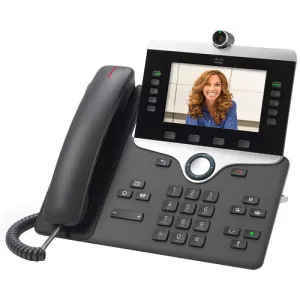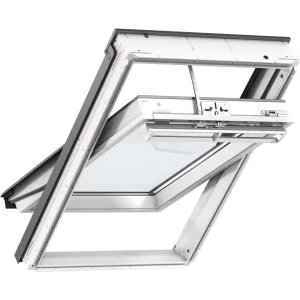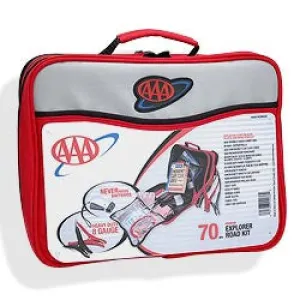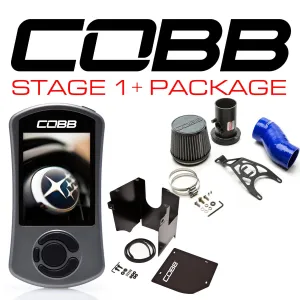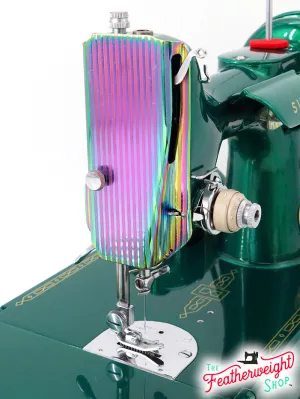TCP Rating: 70/100 - Due to the confusing name, the first thing we should point out is this is not an American made trail camera. With good lighting, the Recruit can take excellent pictures/videos. However, it is slow, bulky and has a few design issues. - TCP Staff
Recruit Review
Model # Recruit
Trailcampro Comprehensive Score:
70/100
Trailcampro Analysis
Before going too much further, we need to make sure the name does not confuse you, this camera is not made in the U.S.A., it is made in China.
Quality of Design: 65/100
Dimensions: 7" x 4.75" x 3" | Battery Type: 12 AA Batteries | External Battery Jack: 6 volt
The Recruit is much larger than most modern trailcams. In fact, it is almost twice as large as many of the more popular cameras currently on the market and roughly the same size, if not slightly larger, than current cellular trail cameras.
The camera opens from the front, revealing a small internal viewer that doubles as the setup screen. This screen provides picture playback as well as a "live view" of what the camera can see. The front cover does not have a latch, it just swings open with a gentle tug.
To program the camera, you will need the remote, which is located in the bottom hatch of the camera. Make sure you don't lose the remote, it is the only way to change settings. In this hatch, you will also find the battery tray which removes by pulling a metal handle. When removing, the tray makes a disturbing noise that almost sounds like something is cracking - best we can tell, this is normal. If you can fit your finger into the camera, you can push the release and avoid this sound. The latch for the bottom hatch is small and does not give a positive snap when closing the camera. In fact, the bottom latch does not give the impression that the cover is pressing hard against the rubber seal that protects the camera from moisture. This is purely subjective analysis, though, and to-date, we have not had any moisture issues.
There is a 1/4" x 20 threaded insert on the back of the camera for a Slate River Mount, along with a built-in python bracket. The nylon strap brackets are similar to Wildgame Innovation cameras, in that they are built-in to the sides. Takes longer to strap the camera this way, but it wouldn't break off as easily.
If it weren't for using an antiquated remote, the programming would be pretty simple. The programming has all the normal settings, including start/stop time and PIR sensitivity. We were able to breeze through the settings, getting the camera set up quickly and without using the owner's manual.
We have had durability issues with the Recruit. The test models have, at times, been runaway cameras (taking pictures without movement detected). We've also had frequent issues with poor detection and spotty detection capabilities.
From the physical size of the unit to the programming remote, the USA Recruit is using a very antiquated design.
Detection Circuit: 51/100
Picture Trigger & Recovery Speed: 1.21 s. / 6.3 s. | Video Trigger & Recovery Speed: 2.29 s. / 3.2 s. | Detection Range: 40 ft.
This is one of the slower trail cameras we have tested all year. 1.2 seconds for a trigger is well below average. Recovery takes over 6 seconds, so you will have to set a burst (1-3 pictures per trigger) if you want more than one picture of an animal if placed on a fast moving trail. The 3.2-second video recovery is pretty good.
The Recruit only detected out to 40 ft. in our . This is below average. The Recruit also detected poorly when out in the field, taking only a few photos in spots that typically produce hundreds if not thousands of photos in the same time period. Even when placed near other cameras, the Recruit would only take small fractions of photos compared to competing models.
Overall, this is one of the slower detection circuits we have tested. However, we want to point out the manufacturer intentionally designed this model with a slow trigger to allow more time to adjust camera settings prior to the photo. The USA Trail cam engineers feel the sacrifice in trigger speed is an acceptable trade off in order to produce better photos. In the end, each consumer will have to evaluate photos and decide if the quality is worth the consequences of a slow trigger.
Picture Quality: 83/100
Photo resolution: 12 mpxl (interpolated) | Video Resolution: 1080 | Flash Type: No Glow Infrared
We hear a lot about the potential picture/video quality on the Recruit, so we were excited to see the results. When the lighting is just right, the Recruit takes crisp, clear photos. In fact, some of the pictures are near the top-end of what you will see from a trail camera. Other times, especially in dimly lit areas, the Recruit's photos are very pedestrian.
Night pictures offer strong flash and good contrast, although you will see substantial blurring on any movement.
[powr-image-slider id=3b16b50a_1463146365]
Video quality mimics picture quality. At times, these are some of the best videos we have seen all year. Other times, the lighting is poor and the video quality is average. Overall though, picture and video quality would be a strength of the USA Recruit.
Megapixel Ratings:
In the past, many people get confused with the megapixel rating trail camera manufacturers advertise. Companies inflate the mpxl rating to attract eyes to their products. They do this through interpolation, which digitally adds megapixels to a photo without actually improving the picture.
The best way to judge picture quality is to look at actual pictures. You will notice this the most when you zoom in on a full-size image that a camera has taken. The details of the photo will appear hazy or even digitized. This is normal, and to be expected.
Battery Life: 80/100
Resting Power (on): 2.1 mW | Daytime Power Consumption: 1.75 Ws | Nighttime Power Consumption: 8.6 Ws
Battery life is very efficient with both a low resting and daytime consumption. The night power is a tad high, but overall, these are great numbers. The Recruit operates on 12 AA batteries located in a removable tray that slides out of the bottom of the camera.
If this camera were to take 35-day pictures and 35-night pictures every 24 hour period, this camera would last 9.9 months in the field on a set of 12 lithium batteries.
USA Recruit Review Conclusion: 70/100
The USA Recruit has long battery life and the potential to take high-quality day and night photos (and videos. However, the durability issues, the slow and sporadic detection capabilities, and poor case design keep this camera from scoring higher.
Enjoy our reviews? Please consider purchasing your next trail camera from us.
Read Reviews From All the
Manufacturer Specifications
- 12 mpxl Photos (interpolated)
- 1920 x 1080 Video w/ audio
- 2" LCD display
- No glow infrared
- PIR Sensor - High, Medium, Low
- Trigger Interval - 3 s. - 60 min.
- Video length - 5 s. - 30 s.
- Time Lapse - Up to 24 hr interval
- Password protected
- 6 Volt External Battery Jack
- Accepts up to 32 Gig SD card




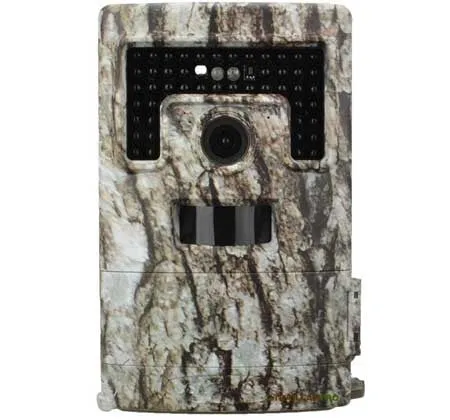
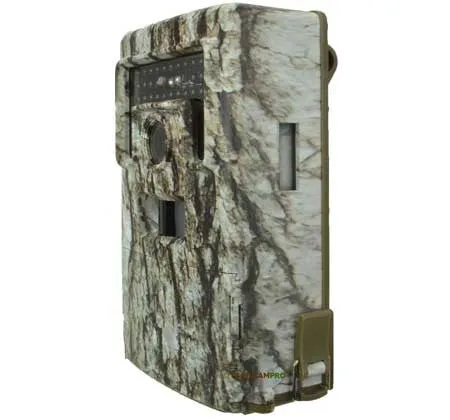

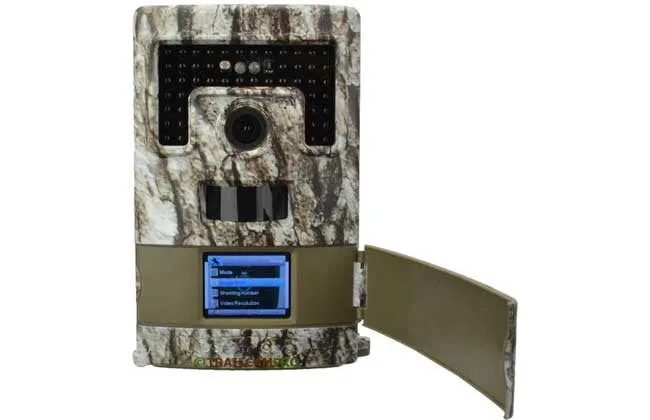
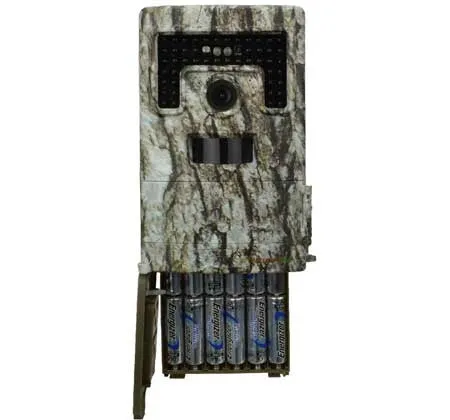
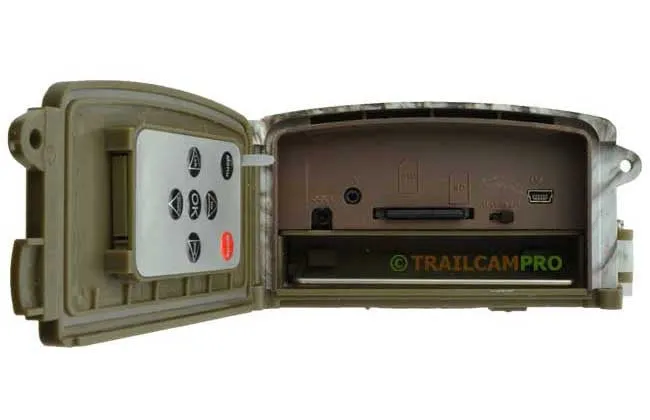
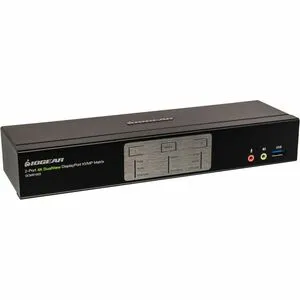
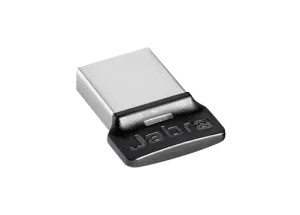
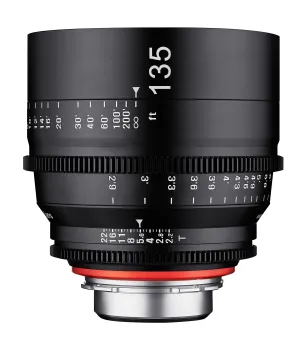
![The Runner's Edge [Paperback] The Runner's Edge [Paperback]](https://www.vrlink.shop/image/the-runners-edge-paperback_vZtnOJ_300x.webp)
